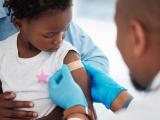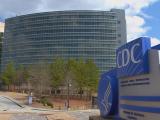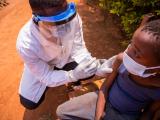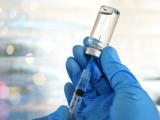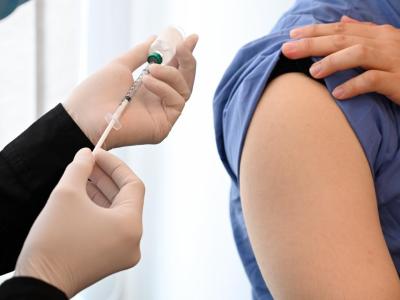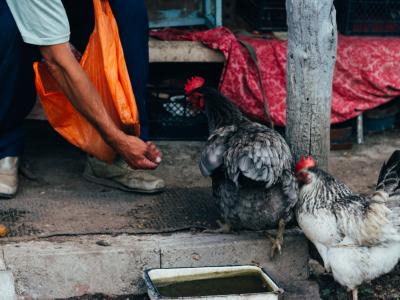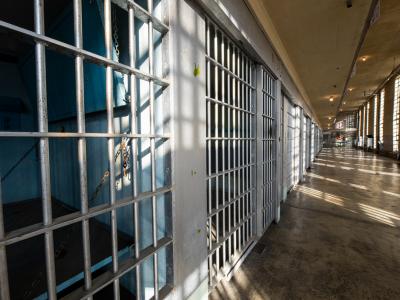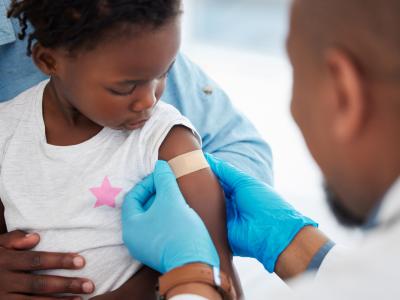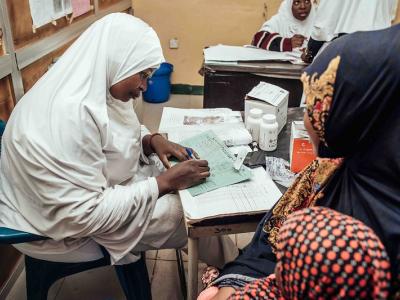Jan 13, 2005 (CIDRAP News) As a result of a federal court ruling that stopped the US military's anthrax vaccination program last October, the Food and Drug Administration (FDA) is asking for public comments on its finding that the anthrax vaccine is safe and effective.
A federal judge in Washington, DC, ruled in December 2003 and again in October 2004 that the FDA acted improperly in authorizing the use of the anthrax vaccine to prevent inhalational anthrax, as distinguished from cutaneous anthrax. The military vaccination program has been on hold since the October ruling.
In an effort to overcome the court's objections, the FDA on Dec 29 quietly published a Federal Register notice explaining its proposal to reaffirm the vaccine's approval and also inviting the public to comment on the matter. The deadline for comments is Mar 29.
In the notice, the FDA concedes that the 1950s clinical trial data on which its licensing decisions were largely based included too few cases of inhalational anthrax to show clearly that the vaccine prevents that disease. But the notice says the trial data show that the vaccine's efficacy against all types of anthrax combined was 92.5%.
The agency concludes that the vaccine label doesn't need to state what route of anthrax exposure the vaccine is intended for. "We propose the indication section of the labeling for AVA [Anthrax Vaccine Adsorbed] not specify the route of exposure, and the vaccine be indicated for active immunization against Bacillus anthracis, independent of the route of exposure," the notice states.
The FDA notice is the latest chapter in a dispute between the government and military personnel who are fighting the anthrax vaccination program because of concern about side effects. Since 1998, about 1.25 million Department of Defense (DoD) personnel, mostly those serving in the Middle East and Korea, have received the vaccine. But some have resisted the shots and been disciplined or forced out of the military as a result.
The two court rulings came in a lawsuit filed by six military members and civilian contractor personnel. In the first ruling, in December 2003, US District Judge Emmet G. Sullivan concluded that AVA had never been specifically approved or labeled for use against inhalational anthrax, which is the form the military is most concerned about.
A week after the ruling, the FDA responded with a statement, based on the findings of an expert panel in 1985 and subsequent research, that the vaccine is safe and effective for all forms of anthrax. In response, Sullivan lifted his injunction against the DoD vaccination program.
But in October 2004, Sullivan said that the FDA had failed to follow its own rules in not soliciting public comments before confirming (in December 2003) that the vaccine is approved for all forms of anthrax. Citing a 1998 law that bars DoD from forcing military members to take drugs not approved for their intended use, Sullivan said military personnel could not be forced to receive anthrax shots without a special presidential order. DoD then suspended the vaccination program.
Last month, DoD officials asked the Department of Health and Human Services (HHS) for emergency authority to resume the vaccination program because of what they said was an increased risk of anthrax attacks on US forces. HHS officials were still reviewing that request as of yesterday, Marc Wolfson of the HHS Office of Public Health Emergency Preparedness told CIDRAP News.
The FDA rules that Sullivan said the agency ignored went back to 1972, when the FDA took over the licensing of drugs and vaccines from the National Institutes of Health (NIH). The FDA then set up a procedure for reviewing products that had been licensed by the NIH. The procedure included reviews by independent expert panels and inviting public comments before confirming the product approvals.
In 1985, an FDA expert panel recommended confirming the approval of the anthrax vaccine, along with various other bacterial vaccines and toxoids. In December 1985, FDA proposed to confirm the approvals and gave the public 90 days to comment on them. The agency received no specific comments on AVA at the time.
According to Sullivan's October 2004 ruling, the FDA never followed up with specific confirmation of the AVA licensing until after his December 2003 ruling. When the FDA then said the vaccine was effective for all forms of anthrax, it relied partly on post-1986 research findings, on which the public never had a chance to comment, according to the judge.
In the Federal Register notice, the FDA describes the 1950s clinical trial of AVA and later epidemiologic data on the vaccine's efficacy and safety.
In the controlled trial, called the Brachman study, 1,249 workers at four textile mills that processed goat hair received either AVA, a placebo, or no treatment. Five cases of inhalation anthrax occurred in the trial, all in unvaccinated workers. There also were 21 cases of cutaneous anthrax, all but three of them in unvaccinated workers.
The expert panel concluded that the vaccine provided 93% protection overall but that cases of inhalational anthrax were too few to assess the vaccine's effect against that form of anthrax, the Federal Register notice says.
"FDA agrees that the five cases of inhalation anthrax reported in the course of the Brachman study are too few to support an independent statistical analysis," the notice states. But it adds that the study included all types of anthrax, the overall efficacy of the vaccine was 92.5%, and no inhalational cases occurred in vaccinated workers. Therefore, the FDA proposes to label the vaccine for anthrax immunization without specifying the route of exposure.
The 1985 expert panel said that ethical concerns and the low incidence of anthrax make it impossible to conduct further controlled clinical trials of the vaccine, according to the notice.
The notice also cites some epidemiologic data in support of the FDA proposal to reconfirm the AVA approval. The Centers for Disease Control and Prevention collected data on anthrax cases in industrial settings from 1962 to 1974 and also monitored adverse reactions to the vaccine in about 7,000 at-risk workers from 1967 to 1971. From the latter study, the expert panel concluded that the vaccine was "fairly well tolerated" and that severe local reactions and systemic reactions were "relatively rare."
Also in support of the vaccine, the FDA notice cites a small clinical study conducted by DoD after 1985 and data collected by the Vaccine Adverse Event Reporting System. In addition, the report cites the 2002 analysis by the Institute of Medicine, which found that the vaccine was "acceptably safe" and effective against inhalational and other forms of anthrax.
AVA, also called BioThrax, is made by BioPort Corp. of Lansing, Mich. HHS announced last November that it planned to buy 5 million doses of the vaccine for potential civilian use. HHS also has contracted with VaxGen, Inc., to produce 75 million doses of a new, not-yet-licensed anthrax vaccine that officials hope will require fewer doses and have fewer side effects than the existing vaccine. The existing vaccine requires six doses over 18 months, followed by annual boosters.
